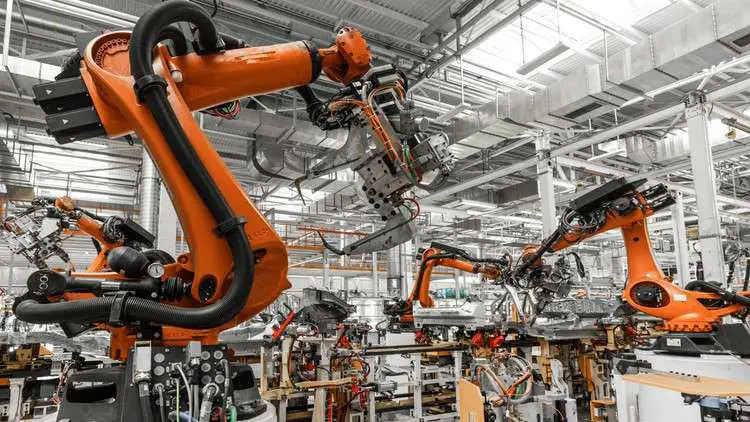
What is Industrial Automation
What you will learn
What is Industrial Automation?
Historical Overview and Evolution of Automation
Advantages and Benefits of Industrial Automation
Industrial Automation Trends and Future Prospects
Challenges and Concerns in Industrial Automation
Description
Industrial Automation
Introduction to Industrial Automation
1.1 What is Industrial Automation?
1.2 Historical Overview and Evolution of Automation
1.3 Advantages and Benefits of Industrial Automation
1.4 Industrial Automation Trends and Future Prospects
1.5 Challenges and Concerns in Industrial Automation
Industrial Automation refers to the use of advanced technologies and control systems to automate various industrial processes, tasks, and operations. It involves the application of machinery, robotics, computer systems, and software to perform tasks with minimal human intervention. The primary goal of industrial automation is to improve efficiency, productivity, quality, safety, and consistency in industrial settings.
Key characteristics and components of industrial automation include:
1. Control Systems: Industrial automation relies on various control systems, such as Programmable Logic Controllers (PLCs), Distributed Control Systems (DCS), and Programmable Automation Controllers (PACs), to monitor and control processes.
2. Sensors and Actuators: Sensors are used to gather data and feedback on process variables (e.g., temperature, pressure, level) while actuators are responsible for executing commands, such as opening/closing valves or moving robotic arms.
3. Human-Machine Interface (HMI): An HMI is a graphical user interface that allows operators to interact with the automation system, monitor processes, and control machinery.
4. Robotics: Industrial robots are a central part of automation, capable of performing repetitive and precise tasks with accuracy and speed.
5. Communication Protocols: Industrial communication protocols enable devices and systems to exchange data and information, ensuring seamless integration.
6. Data Acquisition and Analysis: Automation systems gather data from sensors and use it for real-time monitoring, process optimization, and predictive maintenance.
7. Process Optimization: Automation helps optimize processes by reducing cycle times, minimizing waste, and improving resource utilization.
8. Safety Systems: Industrial automation incorporates safety measures and systems to ensure a safe working environment for operators and prevent accidents.
9. Industry 4.0 and IIoT: With the advent of Industry 4.0, industrial automation has evolved further by integrating the Industrial Internet of Things (IIoT) to enable data-driven decision-making and advanced analytics.
Industrial automation finds applications in various industries, including manufacturing, automotive, aerospace, chemical, pharmaceutical, food and beverage, power generation, and more. By automating repetitive and hazardous tasks, industrial automation not only enhances productivity but also contributes to greater accuracy, consistency, and flexibility in industrial processes. It plays a crucial role in advancing technology, increasing competitiveness, and driving innovation across industries.
Content